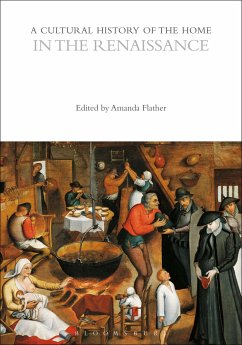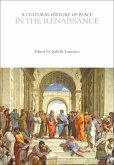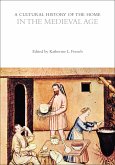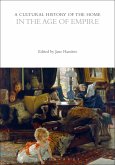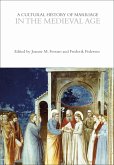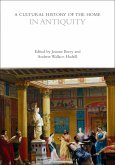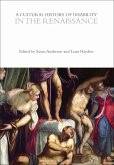This volume addresses the relationship between people and their homes in Christian areas of Western Europe in the Renaissance, traced from the late fourteenth century to around 1650. The two centuries after 1450 were characterised by a cluster of interrelated forces that led to significant changes in the material, social, cultural, economic and political landscape. The essays in the volume vary in their geographical focus of study and disciplinary approach but taken together they try to uncover the impact of these changes on how people used, thought and felt about their homes in the sixteenth and seventeenth centuries. They try to understand what home meant - or if home even existed as a concept- for the people and the places they discuss. They also consider ways in which gender, status, age and geography contributed to different meanings of home, both as an idea and as a place to live.

